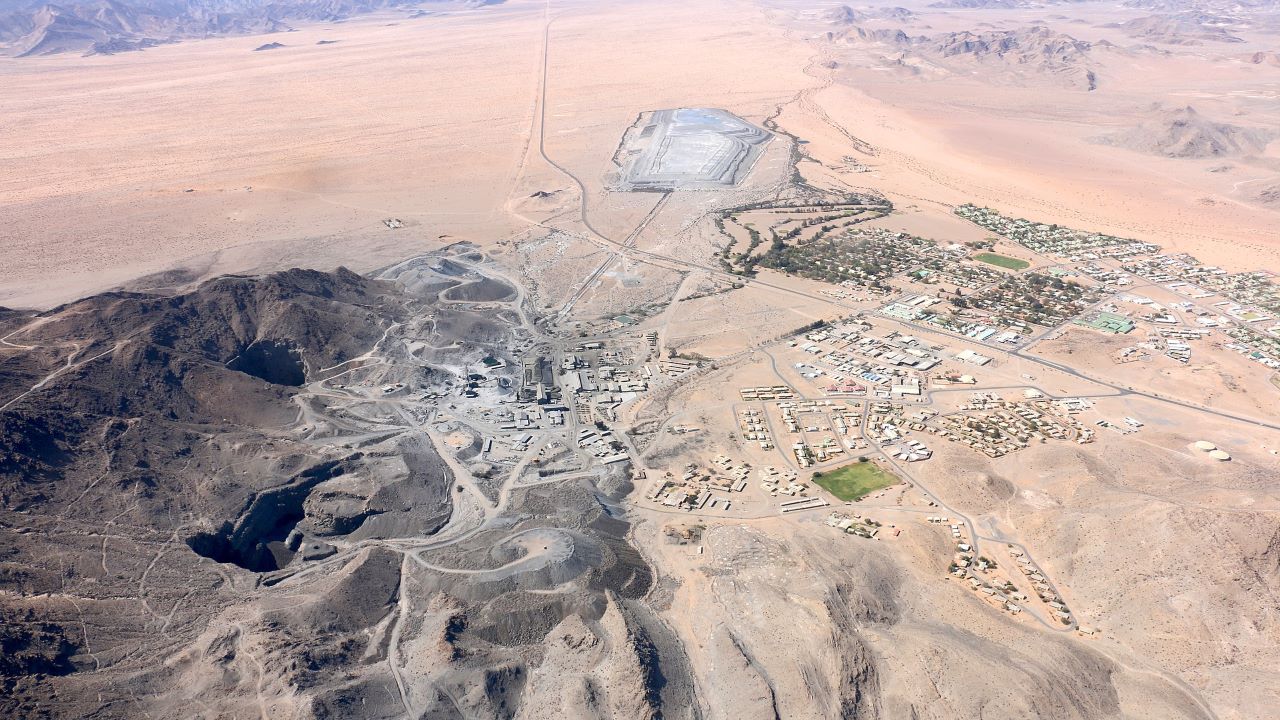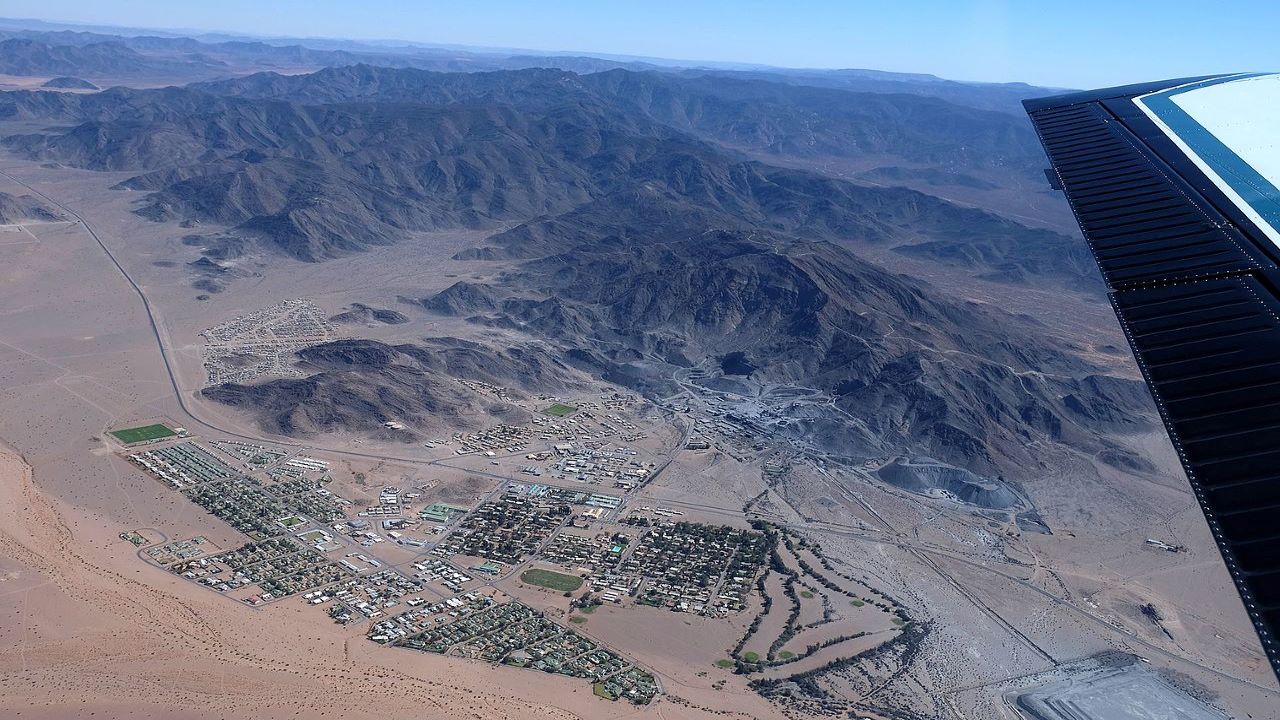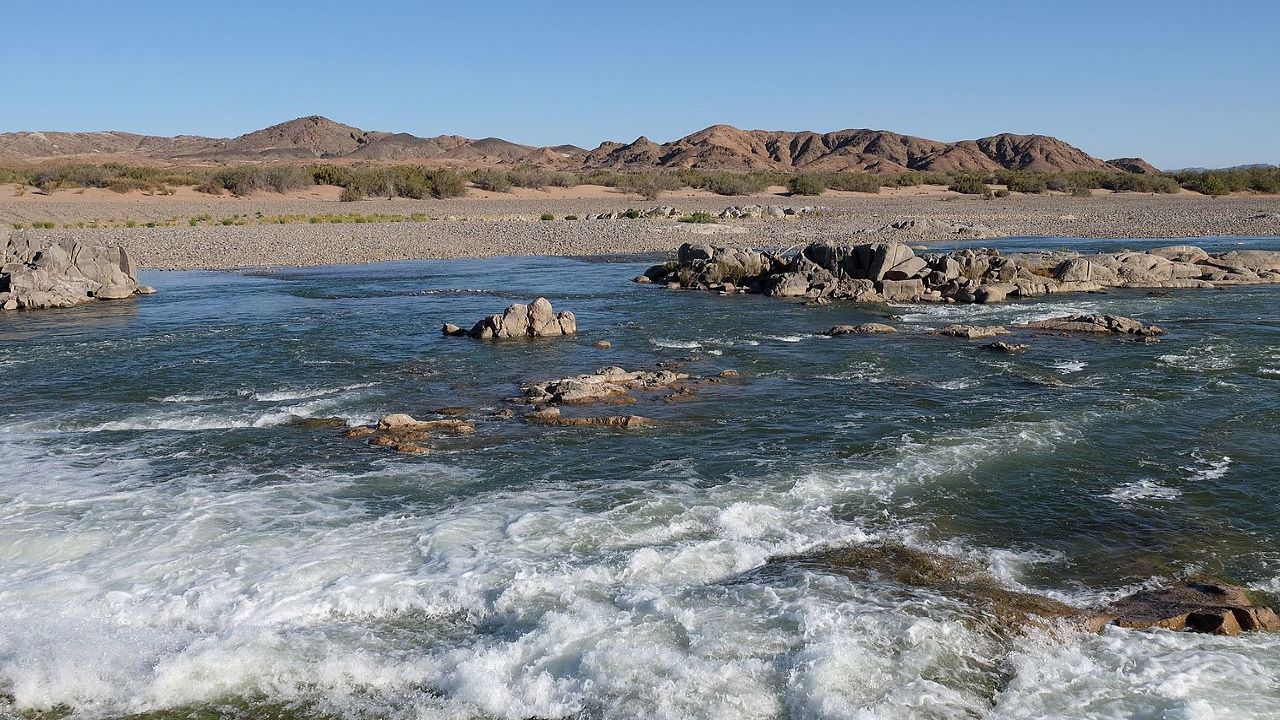The Rosh Pinah Mine is an underground zinc and lead sulphide concentrate mining operation in southwestern Namibia, which has been in operation since 1969.
Trevali is the operator of the mine with a 90% interest while the remaining interest is held by the Namibian broad-based empowerment groupings and an employee empowerment participation scheme (EEPS). Trevali acquired an 80% interest in the Rosh Pinah mine from Glencore in August 2017. It increased its stake in the project to 90% in 2018.
A pre-feasibility study (PFS) on the expansion of the Rosh Pinah mine was published in August 2020. It proposed to increase the mine’s production capacity by 86% from 0.7 million tonnes per annum (Mtpa) to 1.3Mtpa with an estimated investment of approximately £70m ($93m).
A feasibility study on the expansion project is expected to commence during the first quarter (Q1) of 2021. Construction activities for the expansion are scheduled to start in Q1 2022 with commissioning expected by the first half of 2023.
Project location and geology
The Namibian mining project is located near the Rosh Pinah town, approximately 800km south-west of the capital city of Windhoek in southwestern Namibia. The project area is situated on the mining lease ML39, which encompasses an area of approximately 782.34ha.
The Rosh Pinah Formation, which hosts the Rosh Pinah deposit, is a part of the Hilda Subgroup of the Port Nolloth Group. The deposit forms a part of the Neoproterozoic Gariep Terrane, which is divided into the eastern, para-autochthonous Port Nolloth Group and the western, allochthonous Marmora Terrane.
Mineralisation and reserves
The primary mineralisation at Rosh Pinah is a silicified, grey to dark grey, fine-grained and laminated microquartzite unit. Mineralisation in the area is present in the form of breccia matrix and veins or disseminated base-metal sulphides with carbonate mineralisation providing the major economic mineral resource.
The proven and probable mineral reserves at the Rosh Pinah Mine were estimated to be 11.23Mt grading 6.3% Zinc (Zn), 1.33% Lead (Pb), 19.0g/t silver (Ag), as of June 2020.
Mining methods
The Rosh Pinah Mine currently employs long-hole open stoping (LHOS) underground mining method without backfill in a top-down extraction sequence. The primary ore source is mined from five steeply-dipping mineralised zones with the majority of the ore being derived from the Western Orefield (WF3).
The expansion also proposes transitioning the current mining operations to LHOS with paste and fill methods in a bottom-up sequence to enable tight filling of stope voids.
The production areas of the mine are currently accessed via multiple interconnecting declines while the ore haulage is via a decline to the Krupp tip point. The blended ore from the Krupp tip point is transferred to a surface crusher.
The expansion project will involve the construction of a dedicated portal and decline to the WF3 deposit. A 3.9km-long trucking decline to be built from WF3 to the surface will be separated into five independent legs to reduce construction time. It will enable direct ore haulage from the WF3 zone to a new surface primary crusher station while also acting as an additional fresh air intake.
Mineral processing
The existing processing plant contains a conventional three-stage crushing and ball milling circuit followed by sequential flotation process to produce lead and zinc concentrates. It currently operates at a throughput of between 0.68Mtpa and 0.71Mtpa to produce 50ktpa-60ktpa of zinc flotation concentrate and 4.5ktpa-7.5ktpa of lead flotation concentrate.
The expansion project will incorporate a new single-stage semi-autogenous grinding (SAG) mill and pebble crusher. The proposed changes will also include the primary crushing circuit upgrade and the addition of an ore blending system. Modifications will be made to the flotation circuit to facilitate enhanced flotation, thickening, filtration and pumping capacity. The changes will boost the annual mill throughput rate to 1.3Mtpa.
Infrastructure facilities
The power supply requirements for the mine is met from the grid system of NamPower, the national power utility company of Namibia. Post-expansion, two 25MW 66kV/11kV transformers will be installed as part of the expansion to handle the peak power design load increase. A new 11kV distribution substation with three breakers will be built for the mill expansion.
The process and potable water supply requirement for the Rosh Pinah Mine is sourced from the nearby Orange River via a 20km-long pipeline.
Contractors involved
The pre-feasibility study report was prepared by AMC Consultants, an Australia-based consultancy firm.






